The world of venomous snakes presents a fascinating diversity of defensive strategies, with some species announcing their presence through distinctive rattling sounds while others rely on stealth and camouflage. This auditory warning system, most famously employed by rattlesnakes, represents just one evolutionary path among many that venomous serpents have developed to navigate their environments and interactions with potential threats. Understanding why some venomous snakes rattle while others remain silent offers insights into the complex evolutionary pressures that have shaped these remarkable reptiles. From the iconic buzzing of a disturbed rattlesnake to the silent but deadly approach of vipers and cobras, these varied strategies reflect different solutions to the same fundamental challenge: survival in a world filled with both predators and prey.
The Rattlesnake’s Warning System: An Evolutionary Marvel
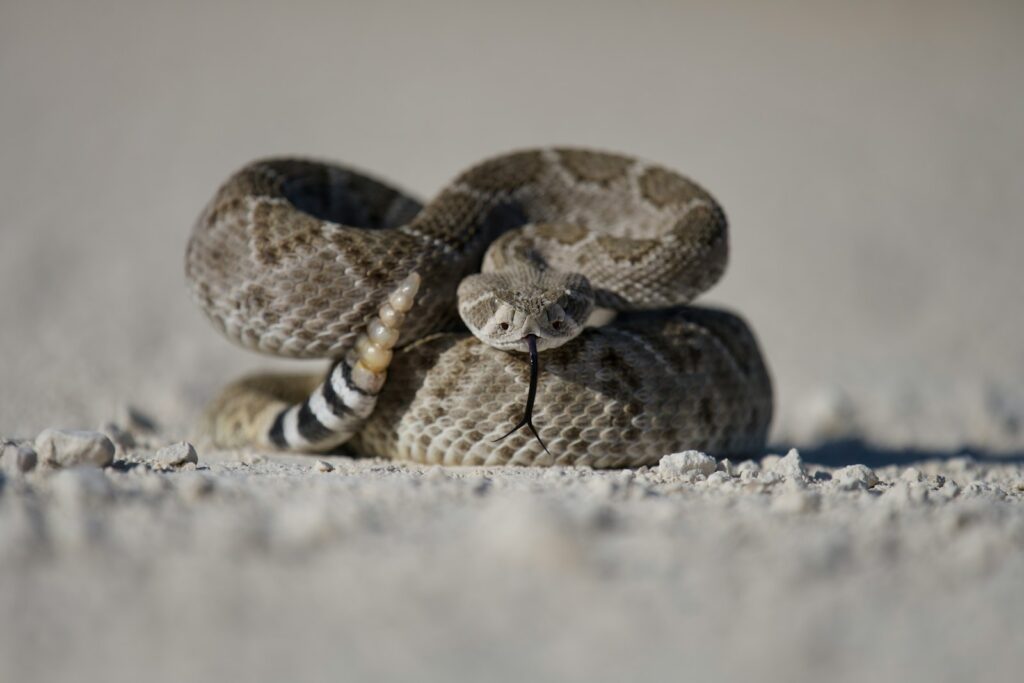
Rattlesnakes possess one of nature’s most recognizable warning devices—a series of interlocking, hollow keratin segments at the tip of their tails that produce the characteristic rattling sound when shaken rapidly. This specialized structure evolved approximately 12 million years ago in the Miocene epoch, developing from a simple pointed tail scale into the complex rattle we recognize today. Each time a rattlesnake sheds its skin, it adds a new segment to its rattle, though these segments often break off over time. The rattle serves a critical evolutionary purpose: it allows the snake to warn potential threats without expending valuable energy or venom in an actual strike. This adaptation represents a remarkable example of how natural selection can favor warning systems that benefit both the snake and the creatures it encounters.
The Mechanics Behind the Rattle
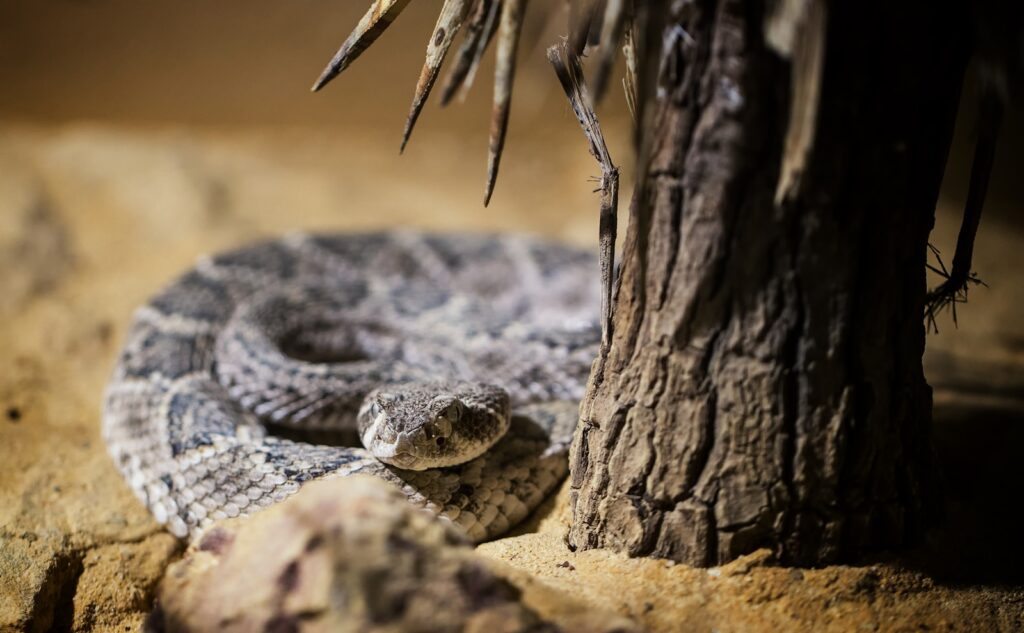
The distinctive sound of a rattlesnake comes from the rapid vibration of its specialized tail segments, which can shake at an astonishing rate of up to 90 times per second. This impressive feat is accomplished through specialized tail muscles that contract with remarkable speed and efficiency. The hollow keratin segments loosely fit together, creating space for vibration and collision that produces the buzzing sound we associate with danger. The sound can vary in volume and pitch depending on the size of the snake and the specific environmental conditions. Interestingly, the rattling mechanism works on a principle similar to a baby’s rattle—loose objects contained within a hollow chamber that produce sound when agitated—though developed through millions of years of evolutionary refinement rather than human design.
The Evolutionary Advantage of Making Noise
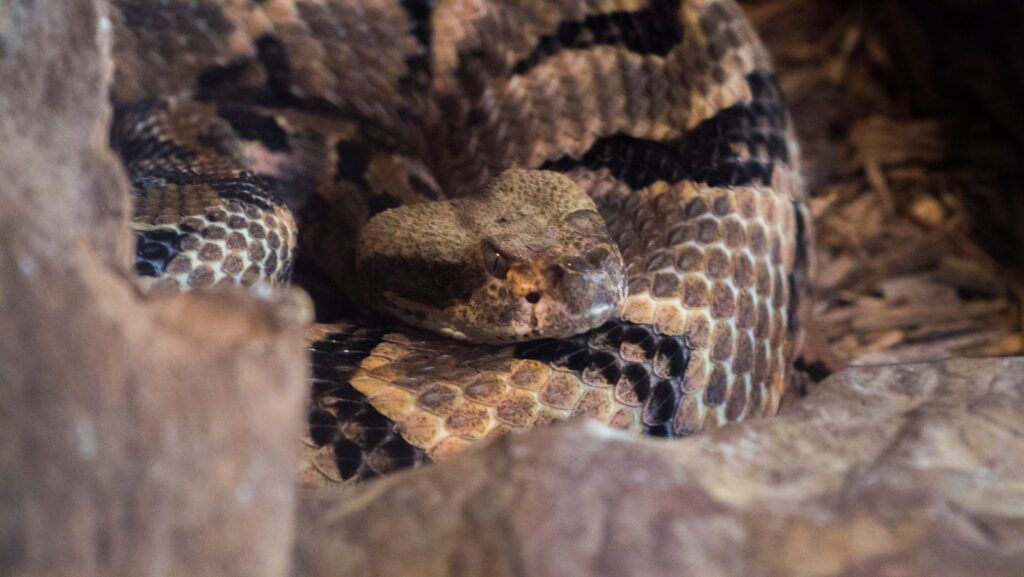
The rattlesnake’s warning system offers several key survival advantages that help explain why this noisy adaptation has persisted. First and foremost, rattling allows these venomous snakes to avoid unnecessary confrontations with large animals that could potentially injure or kill them, even if the snake successfully delivers a venomous bite. Each strike represents a significant metabolic investment for the snake, as venom production requires considerable energy and time to replenish. By warning potential threats away, the rattlesnake conserves its venom for hunting prey rather than self-defense. Additionally, this warning system protects the snake from being stepped on or crushed accidentally by large mammals like bison, deer, or humans, which would have been a significant threat throughout their evolutionary history. The success of this strategy is evident in the diversification of rattlesnakes across the Americas, with approximately 36 recognized species.
Silent Hunters: Vipers Without Rattles
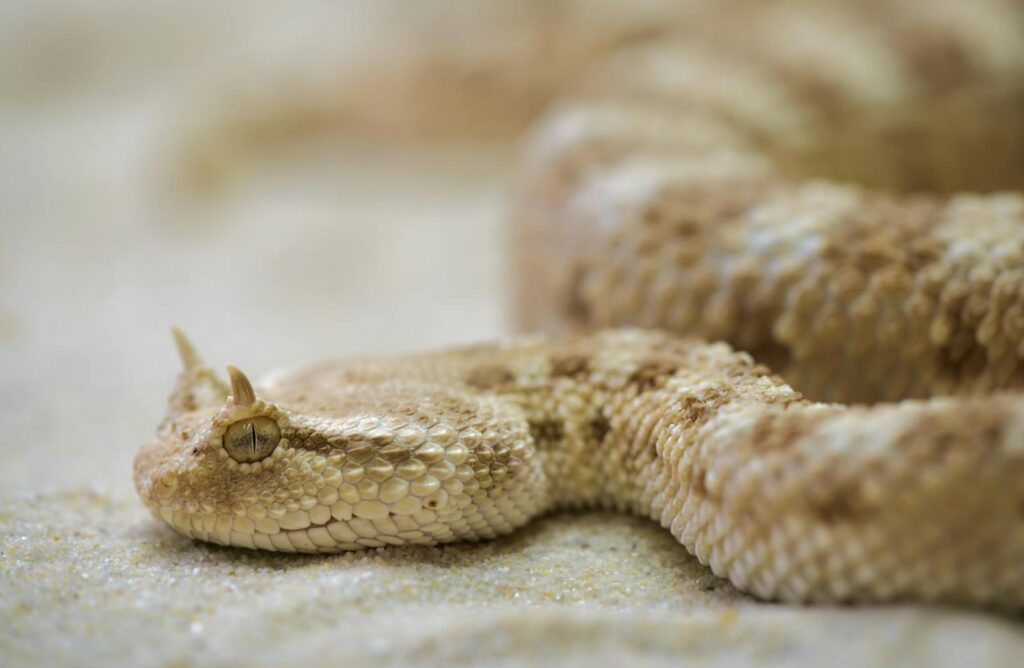
While rattlesnakes have evolved their distinctive warning system, many other vipers around the world rely on completely different defensive strategies. Species like the Gaboon viper of Africa and the fer-de-lance of Central and South America possess potent venom but remain silent when threatened. These snakes typically depend on exceptional camouflage as their primary defense, with patterns and coloration that blend seamlessly into forest floors and undergrowth. Many non-rattling vipers also adopt a freeze response when initially detecting a threat, remaining perfectly still to avoid detection. If discovered, they may employ visual warnings such as flattening their heads, hissing loudly, or striking dramatic defensive postures before resorting to a venomous bite. This strategy of concealment and escalating defensive behaviors serves these silent hunters well in their respective ecological niches.
Elapids: The Silent Assassins

Elapids—the family including cobras, mambas, coral snakes, and sea snakes—represent another major group of venomous snakes that generally lack auditory warning systems. Instead of rattling, many elapids rely on visual deterrents when threatened, with cobras famously flaring their hoods and mambas opening their black mouths in warning displays. These visual signals serve a similar function to the rattlesnake’s auditory warning, creating distance between the snake and potential threats without necessitating a strike. Many elapids also possess bright warning coloration, particularly evident in coral snakes with their distinctive red, yellow, and black banding patterns. The absence of rattles in elapids reflects their different evolutionary history and ecological adaptations compared to the pit vipers of the Americas, demonstrating how separate lineages have developed alternative solutions to similar survival challenges.
Environmental Factors Influencing Warning Strategies
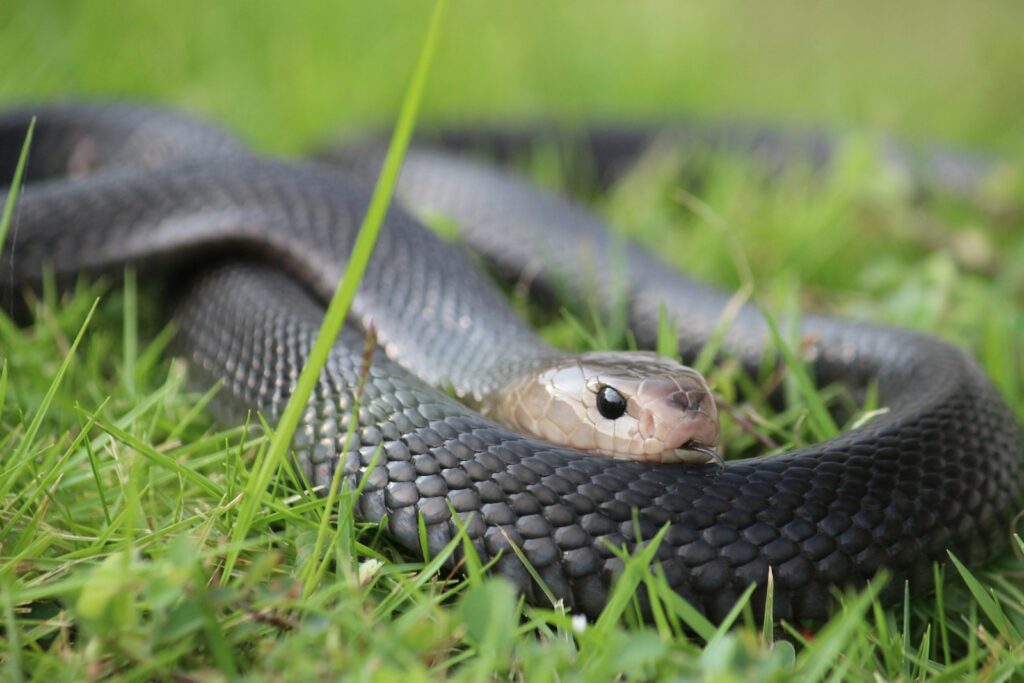
The specific environments in which different venomous snakes evolved have significantly shaped their warning strategies. Rattlesnakes developed primarily in the open habitats of North and South America, where auditory signals can travel effectively across distances and alert approaching large mammals. By contrast, many silent venomous snakes evolved in dense forests or jungle environments where visual camouflage offers superior protection and where sound might actually attract unwanted attention from predators. The habitat also influences the types of threats snakes regularly encounter; those facing frequent harassment from visual hunters like birds of prey might benefit more from camouflage than noisy warnings. Additionally, temperature variations across habitats affect snake behavior, with rattlesnakes in cooler climates potentially benefiting from distance warnings that prevent energy expenditure through unnecessary movement when their metabolism is already slowed by cooler temperatures.
Mimicry: When Non-Venomous Snakes “Rattle”
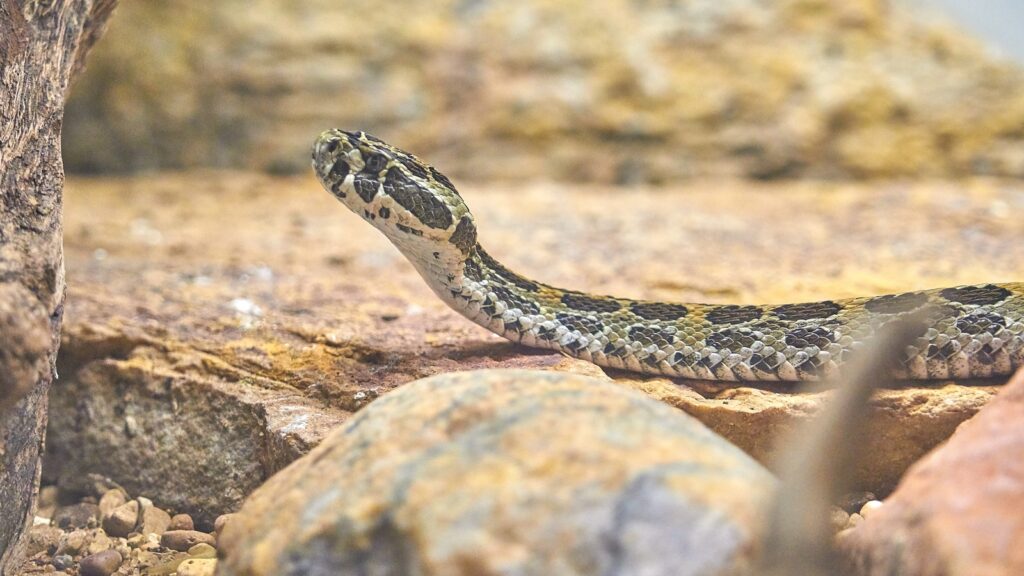
Fascinatingly, several non-venomous snake species have evolved behaviors that mimic the warning sounds of rattlesnakes, despite lacking the specialized rattle structure. The fox snake, bull snake, and pine snake all rapidly vibrate their tails against dry leaves or vegetation when threatened, producing a convincing rattling sound that deters potential predators. This form of Batesian mimicry—where harmless species imitate dangerous ones—offers these non-venomous snakes protection by association with their venomous counterparts. Some harmless species even have keeled scales on their tails that enhance the sound when vibrated against suitable surfaces. The effectiveness of this mimicry demonstrates the powerful deterrent value of the rattlesnake’s warning system and shows how natural selection can favor convergent strategies among unrelated species that share similar predator pressures.
The Energy Economics of Warning Systems

The development of warning systems versus silent hunting strategies can be understood through the lens of energy economics in snake biology. Producing and maintaining a rattle requires energy investment, as does the rapid muscle contractions needed to create the warning sound. For this investment to be evolutionarily advantageous, the energy saved by avoiding unnecessary defensive strikes must outweigh the costs of developing and using the warning system. Silent hunters, conversely, invest energy in developing exceptionally effective camouflage patterns and behaviors. The metabolic costs of venom production are substantial for all venomous snakes, with some studies suggesting a single full venom discharge might require up to two weeks to replenish completely. Therefore, any adaptation that reduces the need for defensive biting—whether rattling or superior camouflage—provides significant energy conservation benefits to the snake.
Geographic Distribution of Rattling Species
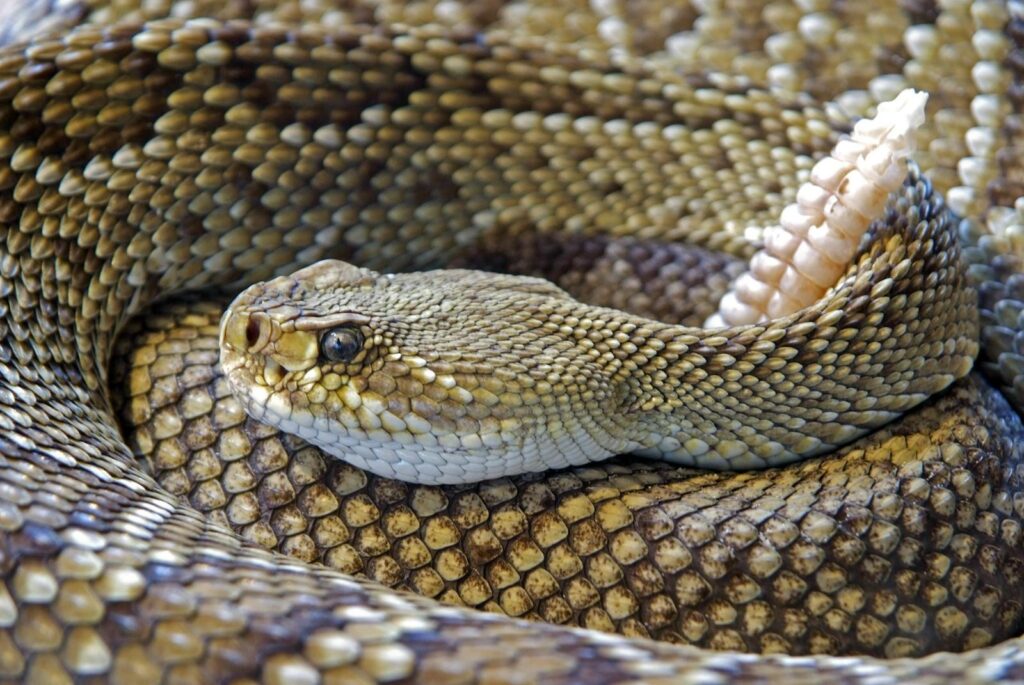
The distribution of rattlesnake species demonstrates interesting geographical patterns that offer clues about the evolution of their warning system. Rattlesnakes are found exclusively in the Americas, with the greatest diversity concentrated in the southwestern United States and northern Mexico. Their range extends from southern Canada to central Argentina, encompassing a wide variety of habitats from deserts to grasslands and forests. Interestingly, rattlesnake species diversity generally decreases with increasing distance from this center of distribution. The exclusive presence of rattlesnakes in the Americas, despite venomous snakes existing on every continent except Antarctica, underscores that this adaptation evolved after the separation of the continents. The success of rattlesnakes across such diverse ecosystems within their range demonstrates the versatility and effectiveness of their auditory warning strategy when paired with their other adaptations.
Cultural Significance and Human Interactions

The rattlesnake’s distinctive warning system has profoundly influenced human cultures throughout the Americas, becoming a powerful symbol in art, mythology, and even political imagery. Native American cultures often viewed the rattlesnake with respect, incorporating its image into religious ceremonies and recognizing its warning as a fair communication rather than a threat. The “Don’t Tread On Me” Gadsden flag with its coiled rattlesnake became an iconic American Revolutionary symbol, specifically chosen because the rattlesnake warns before striking, embodying what was seen as a fair and honorable approach to conflict. Ironically, this cultural recognition of the rattlesnake’s warning system has not always translated into conservation efforts, with many rattlesnake species facing persecution and habitat loss. The distinctive warning sound that evolved to protect these snakes sometimes draws negative human attention, highlighting the complex relationship between evolutionary adaptations and human cultural responses.
Evolution of Silent Strategies
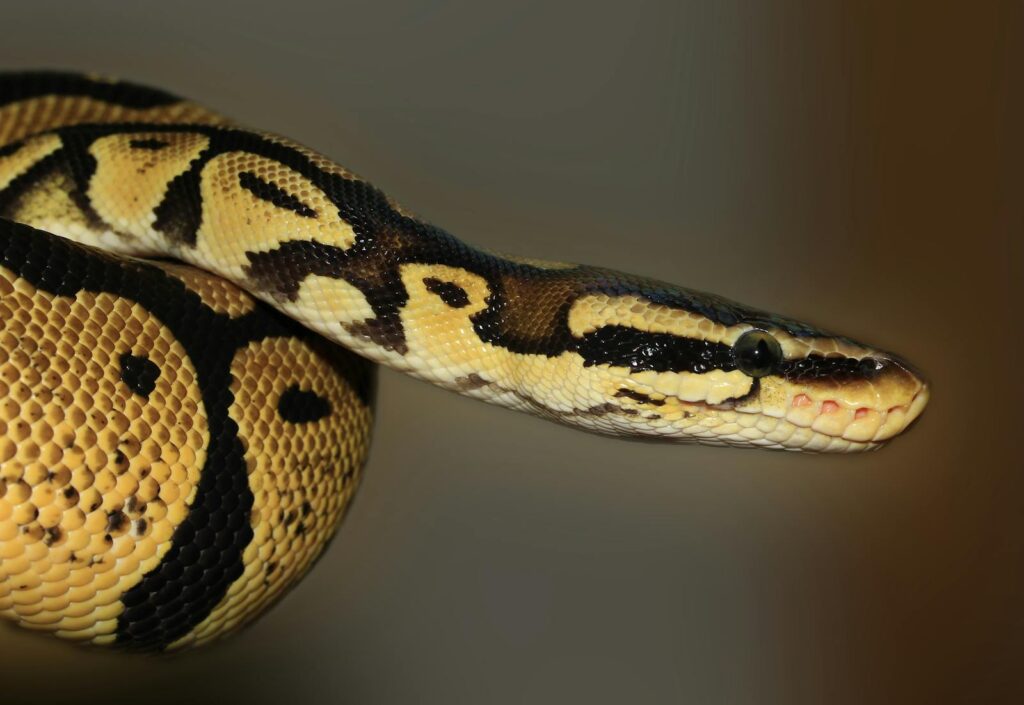
The evolution of silent hunting and defensive strategies in venomous snakes represents an equally sophisticated evolutionary path to that of the rattlesnake’s warning system. Many silent venomous snakes have developed highly specialized camouflage patterns that render them nearly invisible in their natural habitats. The Gaboon viper, for instance, possesses perhaps the most intricate camouflage pattern of any snake, with complex geometric designs that break up its outline against the forest floor. Other species like the death adder have evolved ambush hunting tactics where they remain motionless, often partially buried, waiting for prey to approach within striking distance. Some silent hunters have also developed rapid-strike capabilities, with African mambas capable of striking at speeds approaching 175 miles per hour—faster than humans can react. These silent adaptations demonstrate an alternative evolutionary solution to the same fundamental challenges that rattlesnakes face, emphasizing the diverse pathways that natural selection can take.
Recent Research and Evolutionary Insights
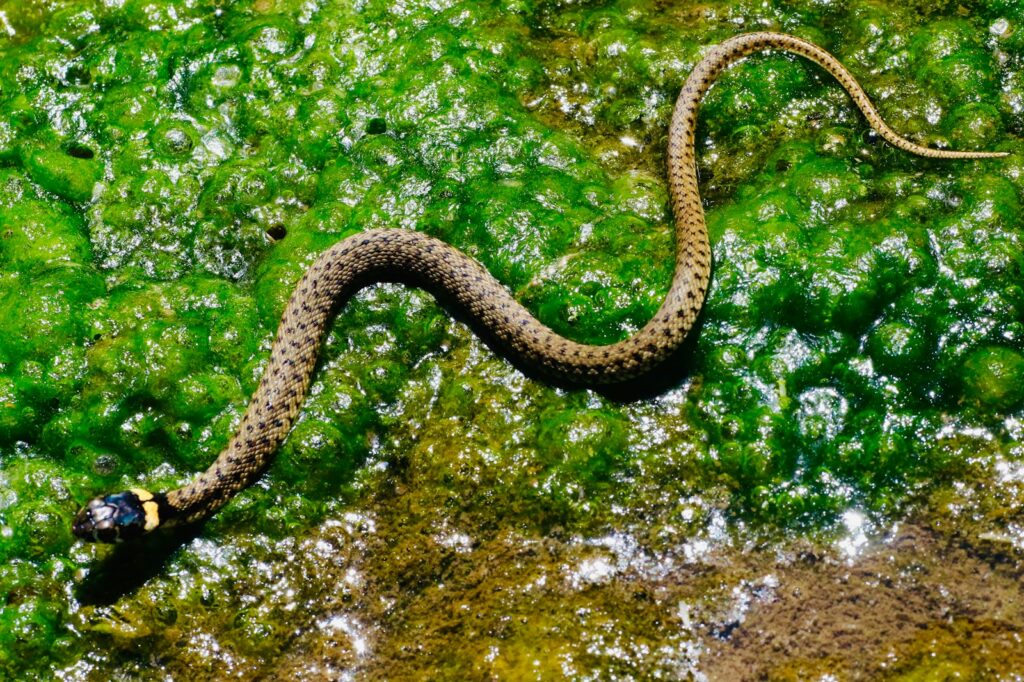
Recent scientific research has provided fascinating new insights into the evolution of rattling behavior in snakes. Genetic studies indicate that the rattle structure likely evolved only once in the common ancestor of all rattlesnakes, rather than developing independently multiple times. Developmental biology research shows that the rattle forms through a specialized process during embryonic development, where particular cells in the tail region are programmed to create the first “button” that will eventually grow into a complete rattle. Some studies have suggested that climate change may be affecting rattlesnake warning behaviors, with observations of certain populations becoming less likely to rattle in areas with heavy human traffic—potentially an evolutionary response to humans targeting rattling snakes. Advanced biomechanical research using high-speed photography and acoustic analysis has also revealed that rattlesnakes can modulate the frequency of their rattle depending on the proximity of the threat, increasing the vibration rate as potential dangers draw nearer.
When Silence Is Golden: The Future of Snake Warning Systems

The future of snake warning systems faces interesting evolutionary pressures in our changing world. Some research suggests that human activity may be selecting for quieter rattlesnakes in certain regions, as snakes that rattle frequently are more likely to be killed by humans, potentially leaving behind those with less pronounced rattling behaviors. Climate change may also influence the evolution of warning systems, as shifting habitats and temperature regimes affect both snake behavior and the ecological communities in which they function. The ongoing adaptation of both rattling and silent strategies demonstrates the dynamic nature of evolution, with each approach continuing to be refined in response to changing environmental conditions. Conservation efforts for all venomous snakes, regardless of their warning strategy, remain crucial for maintaining these remarkable examples of evolutionary adaptation that have developed over millions of years.
Whether announcing their presence with an unmistakable rattle or relying on the silent advantage of camouflage, venomous snakes have evolved diverse strategies that balance the need for self-protection with efficient energy use. These different approaches to survival highlight the incredible adaptability of snakes across varied environments and evolutionary lineages. As we continue to study and understand these fascinating reptiles, we gain not only scientific knowledge about evolutionary processes but also important insights that can inform conservation efforts and human safety practices. The rattlesnake’s warning and the silent viper’s stealth represent different but equally valid solutions to survival in a complex world—a testament to the diverse pathways that evolution can take when shaping remarkable adaptations in the natural world.




